Android Central Verdict
The Vivo V25's color-changing back design is a rare sight in this price range, lending a premium feel to this mid-range model. This is backed by impressive cameras and a surprisingly long battery life. It does, however, have a less snappy performance than the competition and has a few other flaws.
Pros
- +
Color-changing textured glass back
- +
Impressive stamina
- +
Bright screen
- +
Stellar back and front cameras
- +
Decent low-light performance
Cons
- -
Downgraded chipset
- -
Mediocre ultrawide camera
- -
No firm software support in the long term
Why you can trust Android Central
Vivo tried to set a trend in the mid-range category with the launch of the V23 5G last year, featuring a color-changing glass back panel to catch everyone's attention. Indeed, it was one of the most attractive budget phones in 2021, despite some flaws in the camera and software departments.
The Chinese phone maker remedied a few of those shortcomings with the release of the Vivo V25 5G this year, bringing back a few traits from its predecessor while also leaving out some key elements. The end result is a real looker with a few rough edges to the phone that may leave you wanting more.
Is the Vivo V25 up to the market's increasingly high standards, or does it represent a step back rather than an upgrade? This review will help you find out. Vivo sent me both the vanilla and Pro models in Surfing Blue (which I'll review later), but the company had no say in my verdict, nor did the company have prior access to this review.
Vivo V25: Price and availability
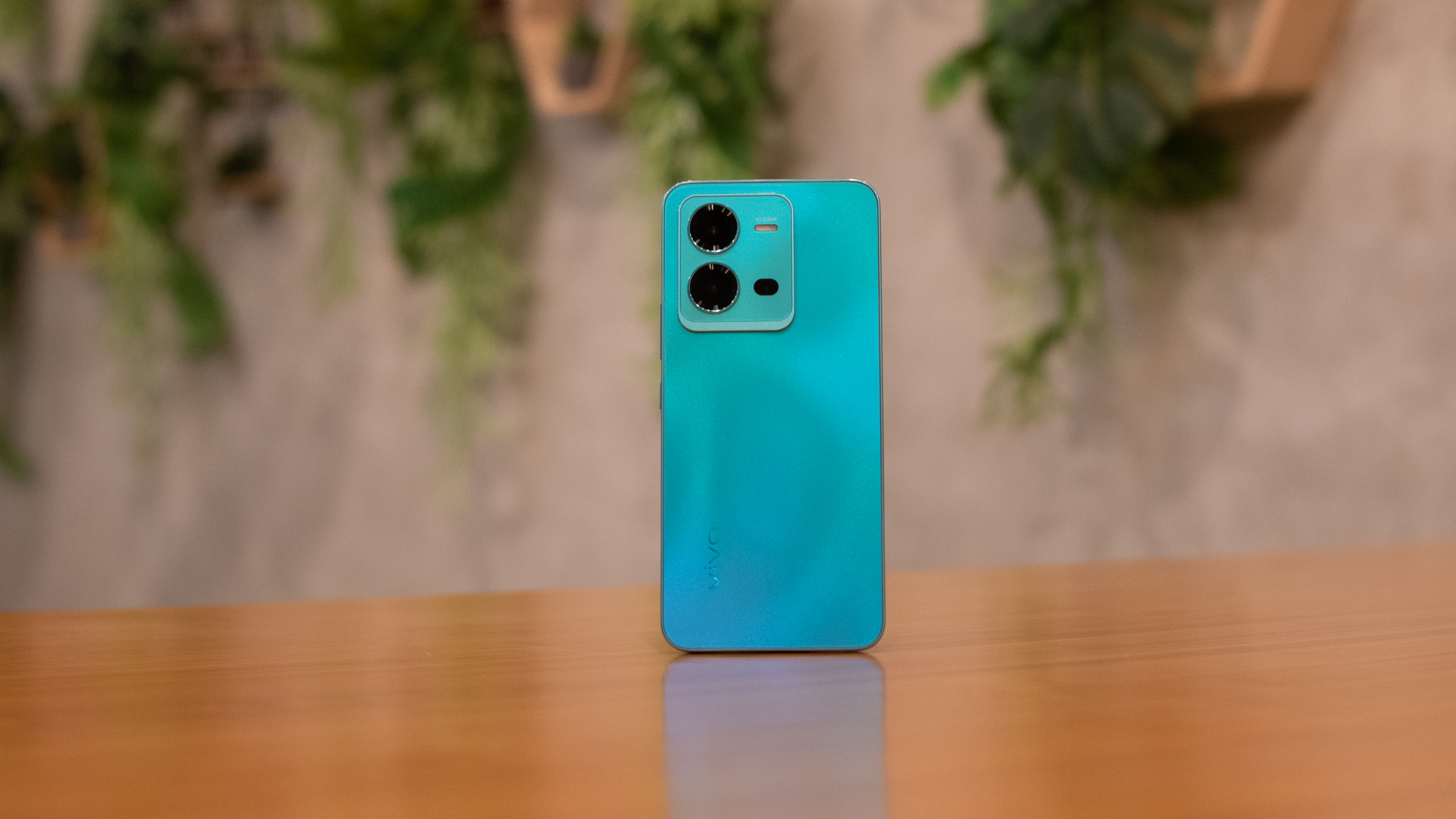
The Vivo V25 is available in several territories across Asia, Latin America, and the Middle East. Vivo hasn't specified whether it will launch the phone in the UK or Europe, though a future release in these regions is possible given that the V21 and V23 were rolled out in those territories.
The Vivo V25 5G retails for INR 34,990 on Amazon India, but you can now get one for INR 29,980. The phone starts at INR 32,999 if purchased through Vivo's online storefront. Thankfully, it's currently 15% off, bringing the price down to INR 27,999 for the 8GB/128GB variant.
Of course, larger memory configurations are more expensive. The 12GB/256GB variant has a regular MRP of INR 36,999, but you can currently get one for INR 31,999 thanks to an ongoing promotion.
Vivo V25: What I like
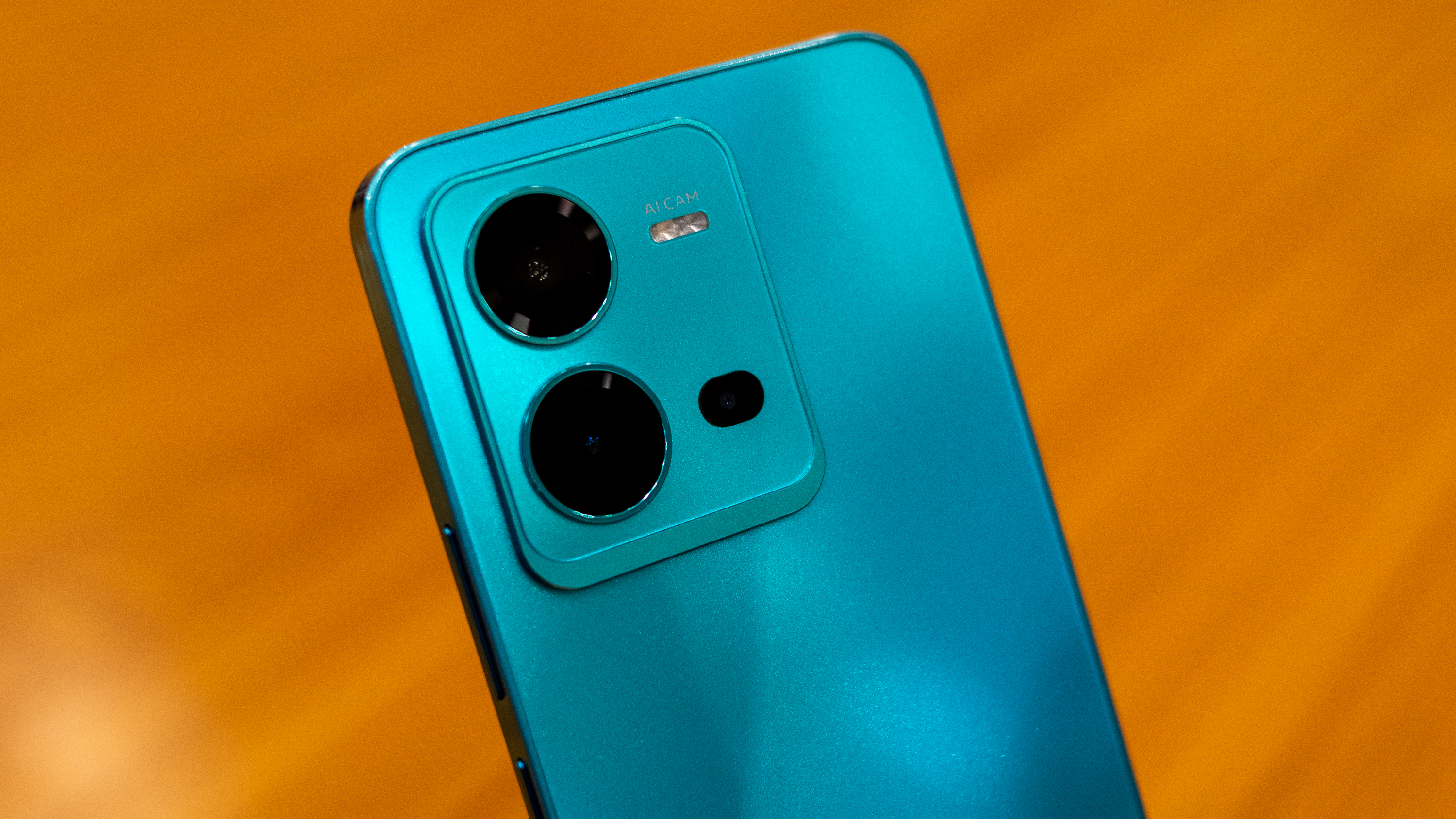
Design is one of the phone's standout features. While it's more gimmicky than practical, the color-changing Fluorite AG Glass that covers the back panel changes its hue when exposed to UV or sunlight. I tried it using a pattern drawing that Vivo included in the box, and the result was fun.
You can also be creative with this trick. You can use, say, a SIM card tray ejector to block light from hitting certain portions of the back panel, resulting in a two-tone pattern that takes after the shape of that same material. This is a rarity in the budget Android phone segment, with the Realme 9 Pro/Pro+ and the Oppo Reno5 Pro+ Artist Edition boasting the same gimmick with different color-changing methods.
I'm also surprised that Vivo used frosted glass for the back panel construction, with a turquoise finish that's pleasing to the eye. More importantly, it puts other mid-rangers in this price range that use a plastic back to shame.
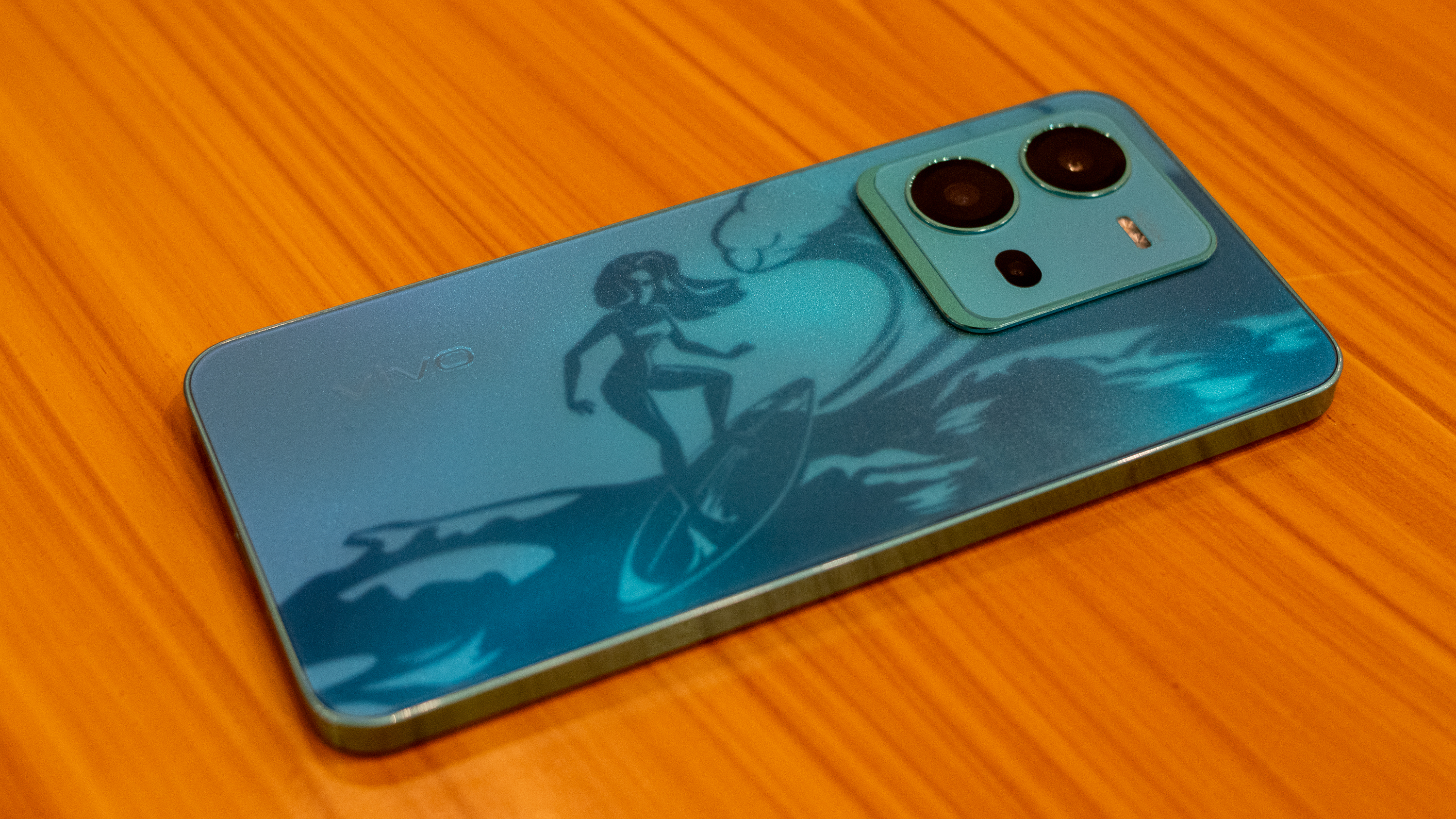
One of Vivo's strengths in the last few years has been its cameras, and this remains true with the V25 series. While the Vivo V23 was an exception, the company's flagship models in the last few years have been a significant step up, and this appears to have rubbed off on the V25.
The latest mid-range model sports a 64MP main camera (f/1.79, 0.7μm sensor size) with OIS, an 8MP ultrawide camera (120-degree optical field of view), and a 2MP macro sensor. What this all means is that the V25 takes decent selfies, bright daylight photos with the main camera, and clear low-light shots thanks to OIS. Optical image stabilization was particularly missing from its predecessor, so its addition to the current model is a huge improvement.
The pictures I took with the phone's primary shooter had more than enough detail even after cropping, and the dynamic range proved to be another strength for the company. The main sensor also does an excellent job of keeping noise in dark areas to a minimum. It's an understatement, to say the least, but it bears repeating that the phone's noise reduction capability is superb.
This only further cemented Vivo's position in night photography. The V25's low-light photos are remarkably better than those taken with many of the best budget Android phones at this price point, with more shadow details courtesy of its Night mode.
The Vivo V25's camera is its major strength, and the main shooter is great in most conditions.
Of course, comparing low-light and daytime photos reveals a general drop in detail with the main shooter. However, the phone still takes clear photos that can compete with flagship models.
I'm more impressed by the handset's selfie camera. While it doesn't have a secondary sensor like the V23, the 50MP shooter housed in a punch-hole cutout includes an eye autofocus feature that does wonders in keeping your headshots in focus and eliminating blur when in motion. You can rely on the selfie snapper both in well-lit settings and total darkness, with the latter handled by its virtual ring light. This feature is quite similar to what I saw in the Tecno Spark 9 Pro Sports Edition.
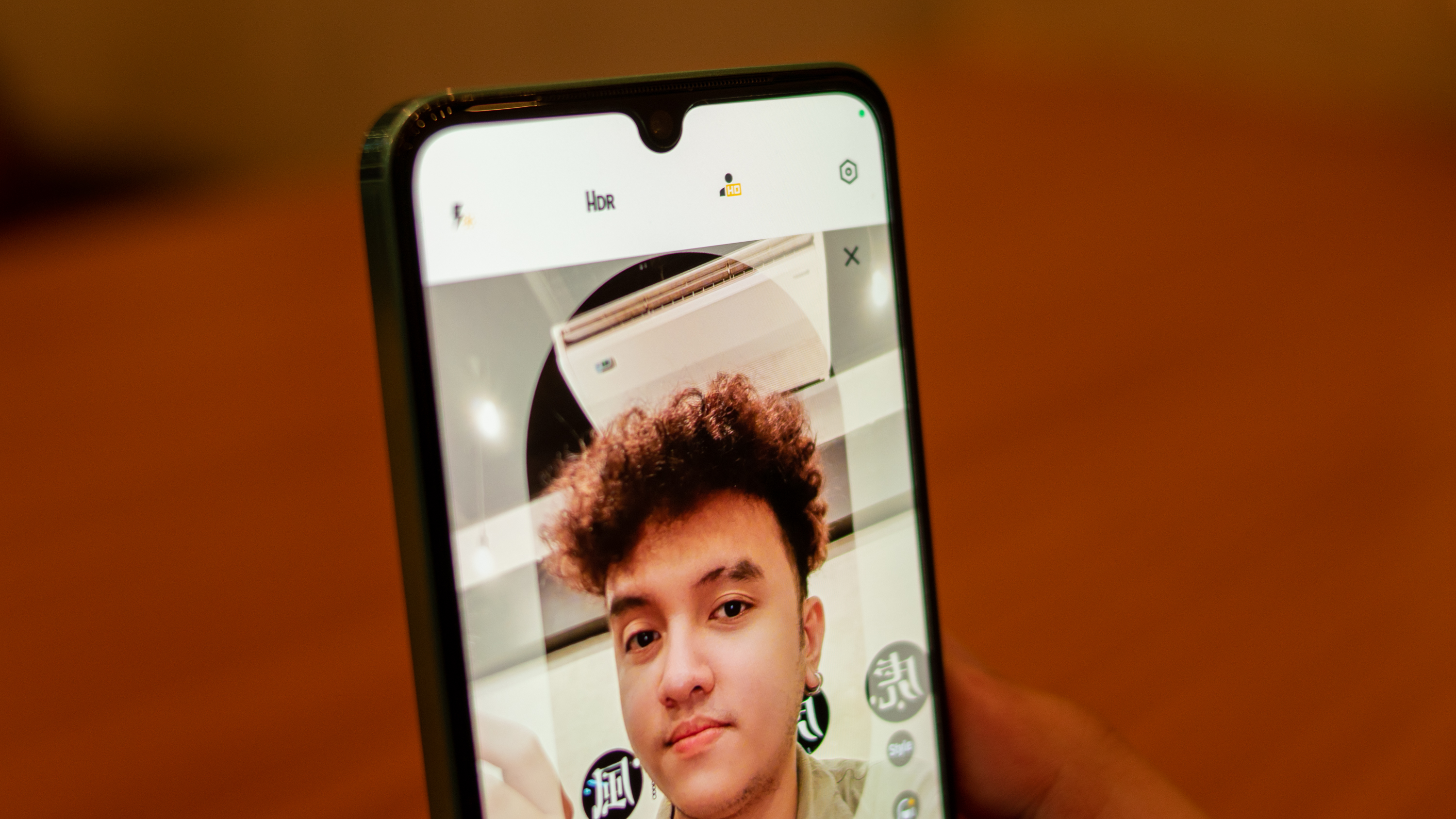
Simply put, the Vivo V25 takes decent shots in poor lighting as well as well-exposed and crisp images in well-lit areas, as you can see in the sample images below.
However, its video recording capabilities are somehow limited. You can still shoot 4K video, but its frame rate is capped at 30 frames per second. You'll need to downgrade to 1080p if you wish your recording to be stabilized at 60fps.
Vivo V25 camera samples







The Vivo V25's in-screen fingerprint scanner is snappy, and I've had no issue with unlocking the device in the past two weeks that I used it. This phone feels more premium than other brands that use a side-mounted type, even though both implementations work the same.
But it's not the typical fingerprint scanner that you see in other phones: the V25 allows you to customize the fingerprint icon animation with a few designs you can choose from. You can also customize the animation that appears when it recognizes your fingerprint. These dynamic effects enhance the overall phone experience.
I love the panel on the Vivo V25, and the screen offers a pleasing experience as well, featuring a 6.44-inch AMOLED display with a 90Hz refresh rate and HDR10+ support. The screen resolution is FHD+ and the peak brightness is 1300 nits, which helps to keep the screen bright enough for outdoor viewing.
Like any OLED panel, the V25's display offers superb vibrance and punchy colors. You can customize the color models with three different options: standard, professional, and bright. I often switch between the standard and professional modes because both look great and are well-saturated. In contrast, the bright mode blows out saturation levels, which isn't ideal when editing photos in Lightroom, for example.






Vivo has also upgraded the battery specs here, serving up a 4,500mAh battery and 44W wired charging compared to the Vivo V23’s 4,200mAh battery. I found that the V25 usually manages to deliver about a day and a half of regular usage, which includes browsing, taking photos, watching Netflix videos for less than an hour, and music streaming. This was achieved with the smart switch refresh rate setting turned on. This should give you confidence that the phone can withstand a full day of heavy use.
Once you've drained the battery, you can charge the Vivo V25 with a 44W charger bundled into the box. The charger can usually juice up the phone from empty to 100% in 50 minutes, based on my experience. Five minutes of charge takes the phone from zero to 20%.
Widgets also have a dedicated tab in the app drawer, and this seems to be the new design language Funtouch OS is adopting.
When it comes to the overall performance, I found no major lag or annoying behavior. Gaming has been decent here too, as demanding titles like PUBG Mobile and Genshin Impact have all run at a smooth pace most of the time. And the best part is that it doesn’t get alarmingly warm during play.
| Category | Vivo V25 |
|---|---|
| Software | Funtouch 12 based on Android 12 |
| Display | 6.44-inch AMOLED, 1080 x 2404 resolution, 90Hz, HDR10+, 1300 nits (peak) |
| Chipset | MediaTek Dimensity 900 (6 nm) |
| RAM | 8GB or 12GB |
| Storage | up to 256GB |
| Rear Camera 1 | 64MP, f/1.8 (wide) |
| Rear Camera 2 | 8MP, f/2.2 (ultrawide0 |
| Rear Camera 3 | 2MP, f/2.4 (macro) |
| Front Camera | 50MP, f/2.0 (wide) |
| Connectivity | Wi-Fi 802.11 a/b/g/n/ac, dual-band, Wi-Fi Direct, Bluetooth 5.2, NFC |
| Battery | 4,500mAh, 44W wired charging |
| Security | Fingerprint (optical under display), face unlock |
| Dimensions | 159.2 x 74.2 x 7.8 mm |
| Weight | 186g |
| Colors | Elegant Black, Sunrise Gold, Surfing Blue |
Vivo V25: What I don't like
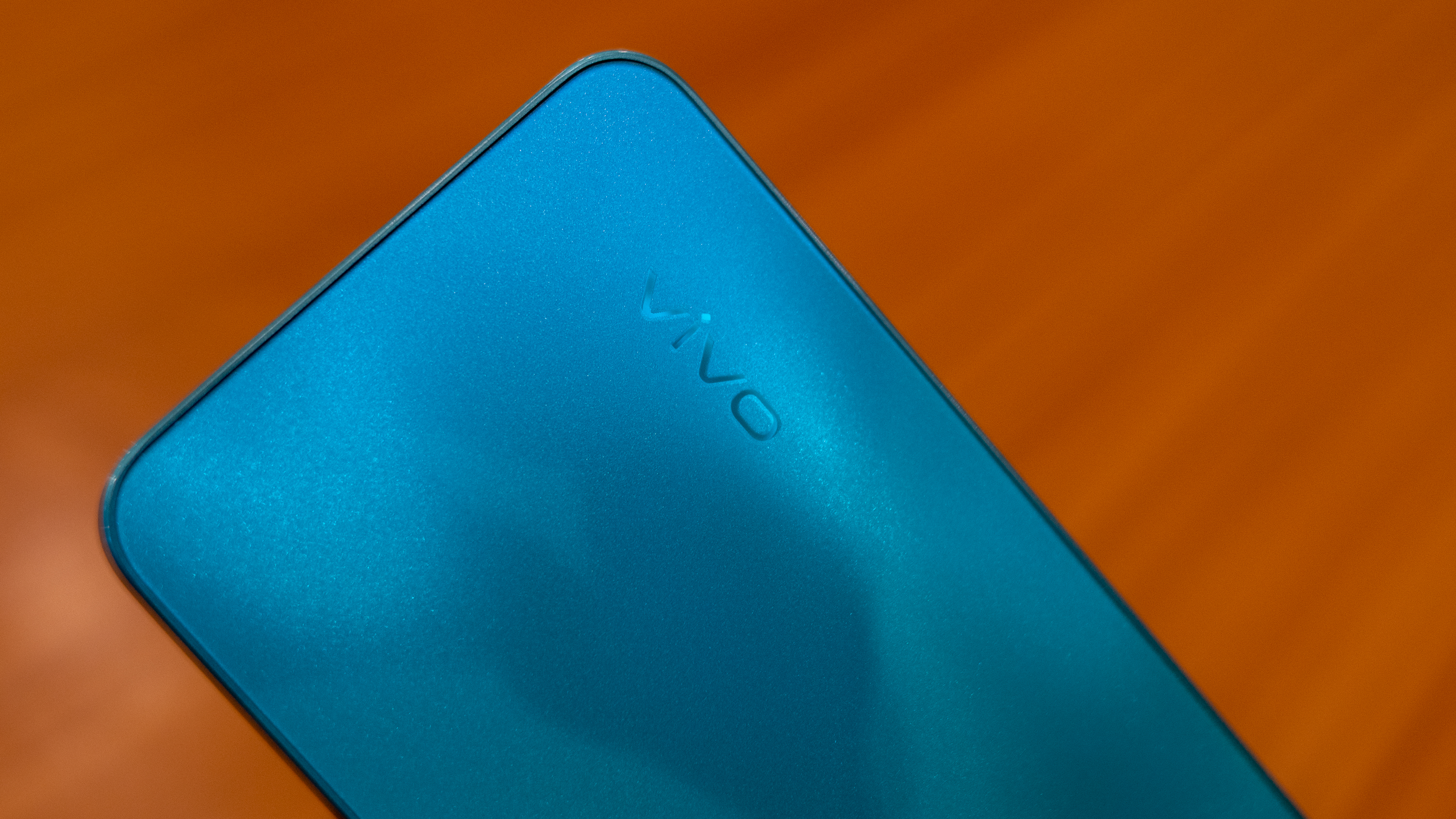
The Vivo V25 feels a bit like a downgrade from its predecessor. Its main drawback is it runs on a MediaTek Dimensity 900 chipset, which is less powerful than the Dimensity 920 of the Vivo V23. Compared to its Pro sibling, the vanilla model is noticeably sluggish in performance when opening apps or launching games, but nothing that should deter you from buying this phone.
Its 8MP ultra-wide camera is not par for the course for a 2022 mid-range handset. While detail and dynamic range are great on the primary shooter, the same can't be said about the ultrawide snapper. As shown in the gallery above, details are compromised on the corners of the frame.
You're better off looking for a phone with a faster processor, stereo speakers, and long-term software support.
The camera also sees inconsistent color reproduction compared to the primary shooter, with contrast being boosted excessively. That said, I can't complain, since it's the typical scenario for budget phones. Perhaps, that's just me nit-picking.
But another tradeoff with the phone is the use of a downward-facing mono speaker, whereas other brands already offer stereo sound. This is exacerbated by the lack of a 3.5mm headphone jack.
I should also point out that Vivo doesn't seem to have firm software update support for the V25 in the long term. This wasn't mentioned when the V25 series was announced, and the company has yet to respond to my request for comment. I will update this review when I hear back from the company.
Vivo V25: Competition
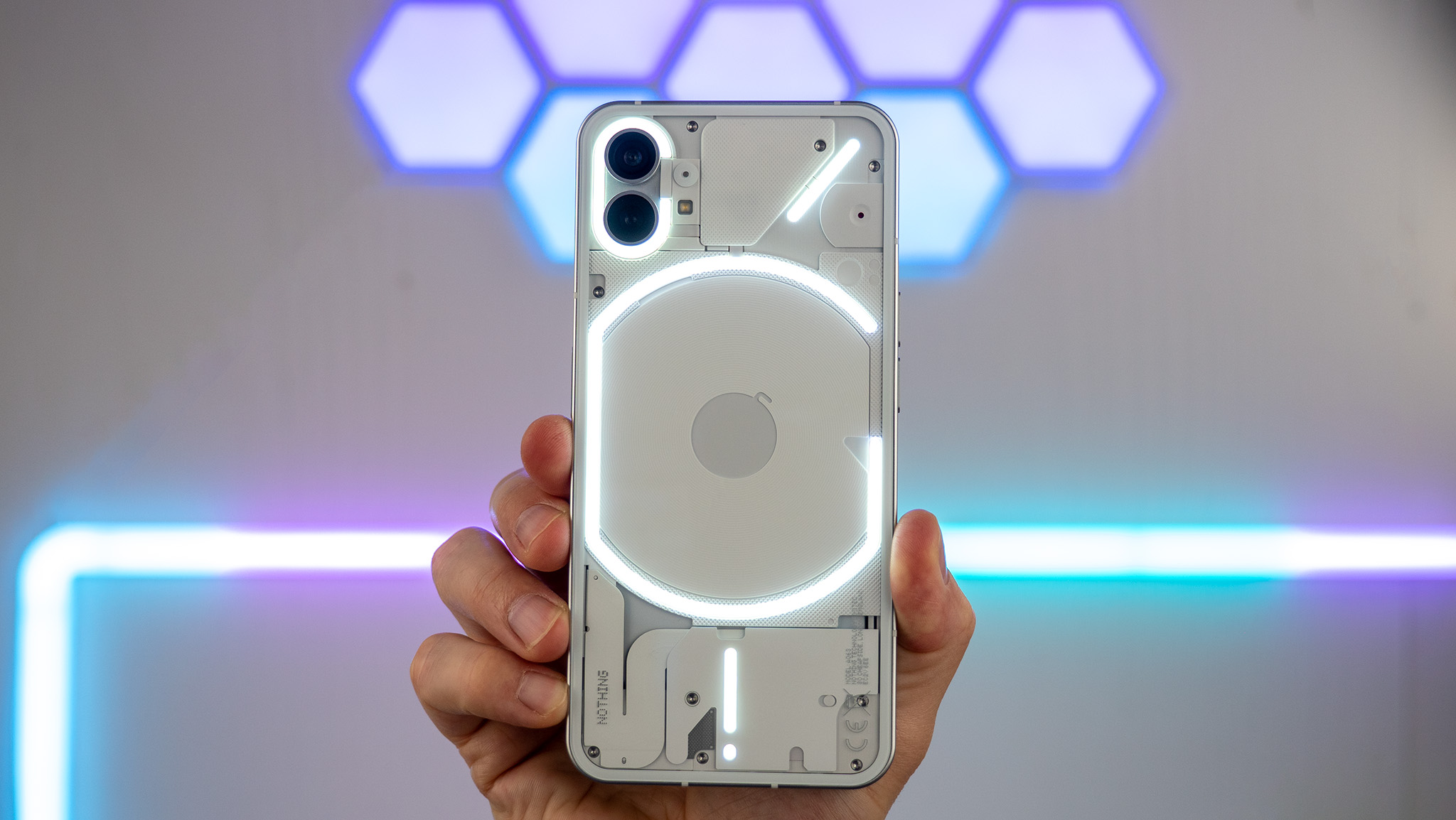
A phone like the Vivo V25 faces a lot of competition at this price point, which puts it well in the same league as many of the budget Android phones under $400, such as the Nothing phone (1), OnePlus Nord 2T, and the Poco F4.
For just north of $300, you could get a more fluid screen from the Poco F4 at 120Hz or the same refresh rate from the OnePlus Nord 2T.
The Poco F4 also ups the ante with Dolby Vision support and IP53 rating for dust and splash resistance. Otherwise, I don't think 90Hz is a huge deal-breaker. You can also charge it faster than the V25, as it supports 67W charging.
Meanwhile, the Nord 2T provides a bloatware-free experience compared to the Vivo V25. In terms of performance, OnePlus' contender leaves the V25 in the dust with a MediaTek Dimensity 1300. Charging speed is also pretty much faster on the Nord 2T at 80W. That said, the Vivo mid-ranger should be fast enough to satisfy most users.
In terms of design, the Nothing phone (1) has its own unique look that's more practical than that of the V25. Its LEDs at the back, for instance, can be customized to flash when a message arrives in your inbox. It also supports wireless charging, which is uncommon at this price range.
However, Nothing does not ship it with a charging brick, which seems to be more common among flagship devices than in budget models. You'd be pleased to know, though, that the company has promised three Android OS updates for the handset.
Vivo V25: Should you buy it?
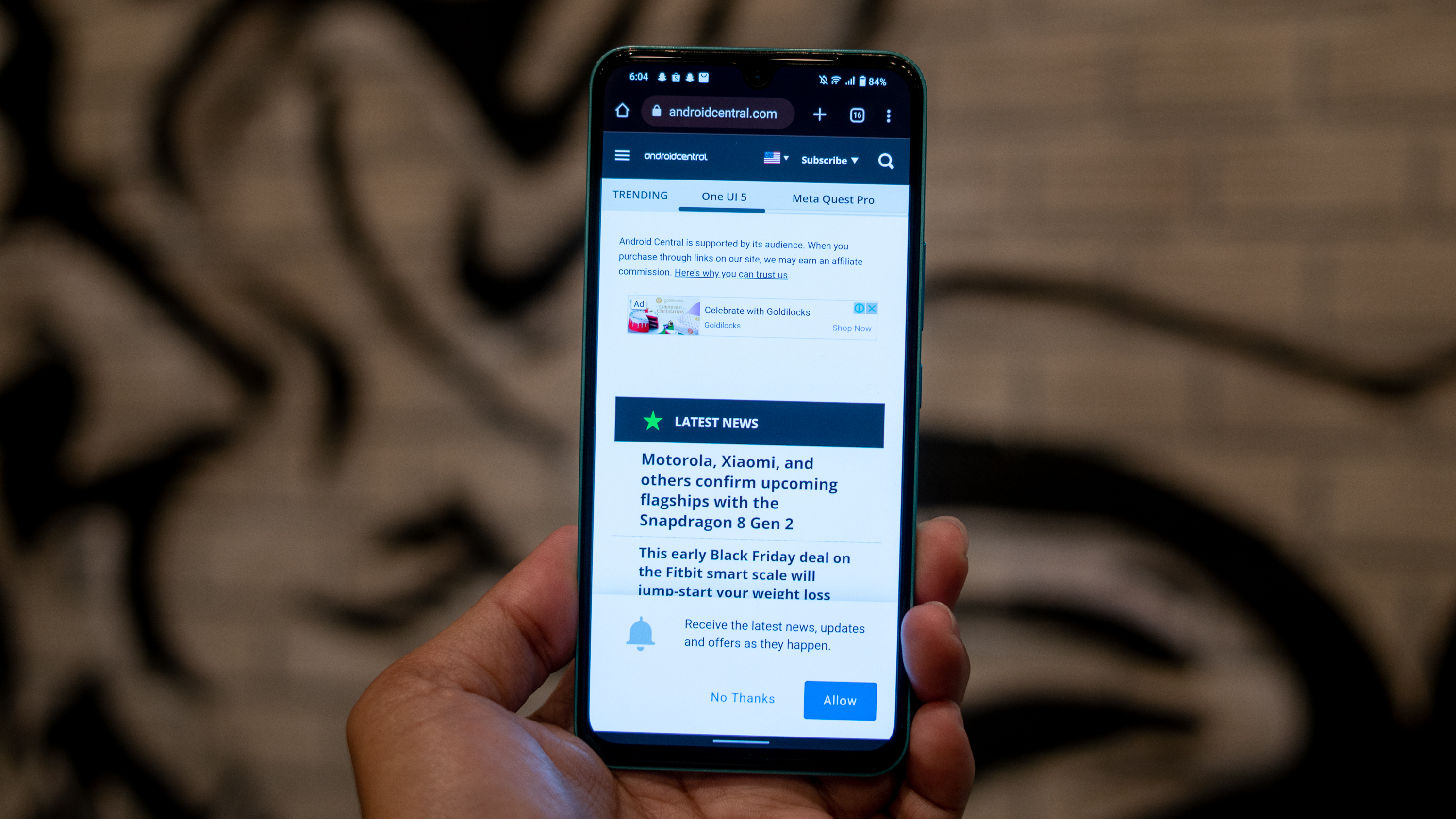
You should buy it if...
- You want a phone with a vibrant screen without spending more than $400.
- The front and rear cameras matter the most to you, especially in low-light situations.
- You want a long-lasting battery that gets you through a full day of heavy usage.
You should not buy it if...
- You want to receive long-term software support on your device.
- You want the best-in-class processor in the mid-range category.
- You prefer a curved-body rather than a boxy design.
The Vivo V25 shares many traits with its predecessor, and both have the same eye-catching design and decent overall performance. The device is obviously built to appeal to a group of customers whose primary concern is design more than anything else.
However, these features may not be enough to propel the V25 to the top of the mid-range competition. While Vivo set out to refine its mid-range formula, bar a few areas of improvement, the latest model still suffers from availability woes that limited Vivo's market footprint in recent years. Its lack of availability in major markets such as Europe and the UK steals its potential to compete in these regions.
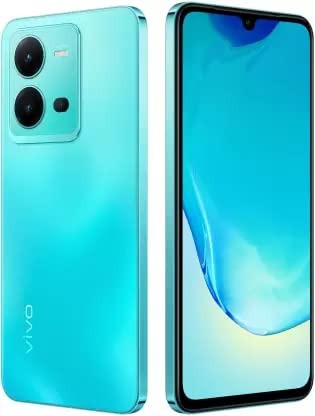
More than attractive
The Vivo V25 is one of the most attractive affordable Android phones well suited to those looking for a unique design. It includes a bright OLED screen and a few premium features, such as an in-display fingerprint sensor, at a reasonable price.

Jay Bonggolto always keeps a nose for news. He has been writing about consumer tech and apps for as long as he can remember, and he has used a variety of Android phones since falling in love with Jelly Bean. Send him a direct message via Twitter or LinkedIn.
